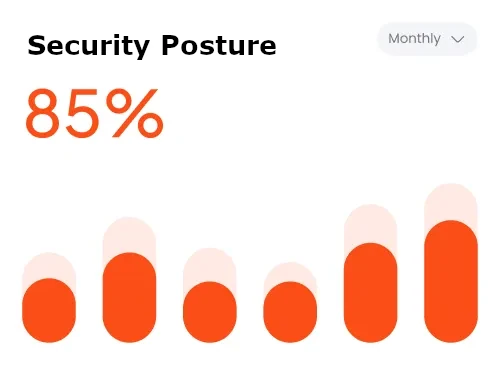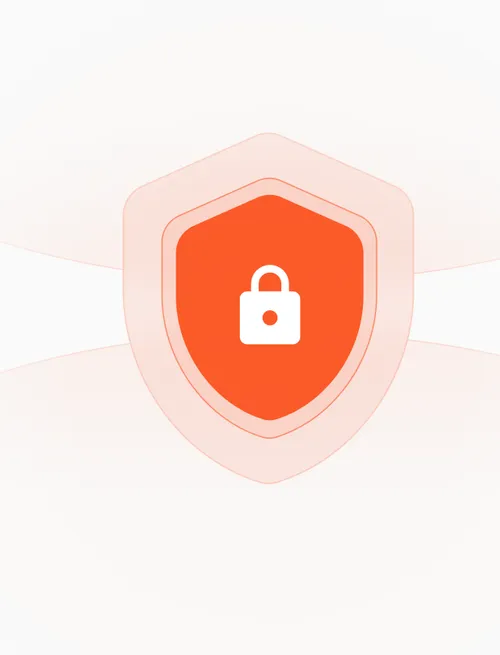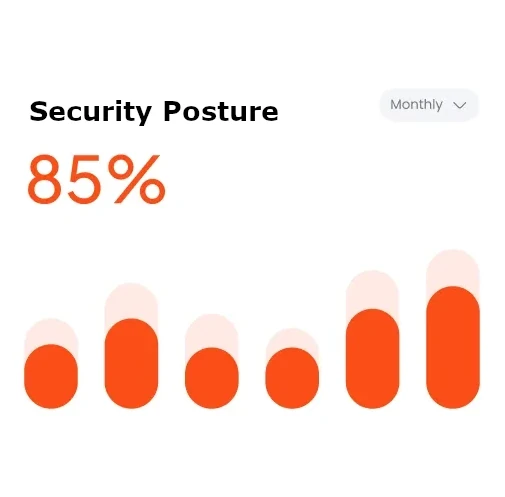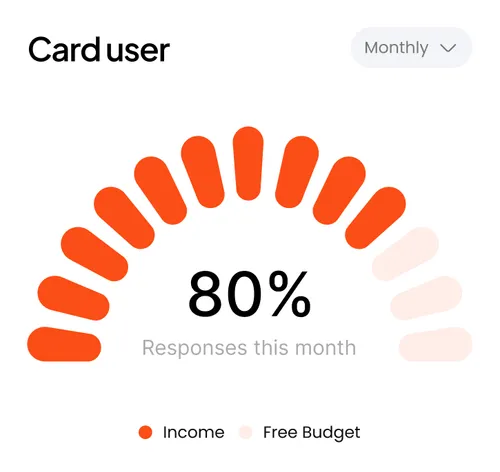Continuous Threat Exposure Managment




Service Categories


Penetration Testing
Vulnerability Assessements



Continuous Threat Exposure Managment
Advanced Red Team

Key Services Overview
Service Overview:
External Penetration Test
We test your organization's digital perimeter from an outside attacker's perspective. By simulating a real-world attack on your internet-facing systems such as web servers, firewalls, and public applications we identify and report critical vulnerabilities that could be used to breach your defenses. This service answers the crucial question: "How secure are we from the outside world?"
Internal Penetration Test
This assessment simulates a threat that is already inside your network, such as a malicious employee or malware that has bypassed your perimeter. We evaluate your internal infrastructure, systems, and controls to determine what an attacker could access, steal, or damage once they are past the firewall. This service helps you limit the impact of an inevitable breach.
Web Application Test
Your web applications are a primary target for attackers. This focused assessment simulates a direct cyberattack against a specific application to uncover critical security flaws in its code, configuration, and functionality. We identify vulnerabilities like SQL injection and cross-site scripting to prevent data theft, unauthorized access, and service disruption before they impact your business and your users.
Social Engineering Test
Technology can be secure, but your greatest vulnerability is often the human element. This service tests your "human firewall" by simulating the same deception and manipulation tactics used by real-world attackers. Through controlled phishing, vishing (voice phishing), and other campaigns, we measure your team's security awareness and provide actionable training to strengthen your first line of defense.
Cloud Penetration Test
As you move to cloud platforms like AWS, Azure, and GCP, new security risks emerge. Our Cloud Penetration Test is specifically designed to assess your cloud environment, identifying misconfigurations, insecure APIs, and other cloud-native vulnerabilities. We help you secure your cloud infrastructure and ensure your data remains protected in a shared responsibility model.
Continuous Threat Exposure Management (CTEM)
Move beyond periodic security snapshots to a proactive, 24/7 security posture. Our CTEM platform provides a continuous, real time view of your entire digital attack surface. By constantly discovering and prioritizing vulnerabilities as they appear, we empower your security team to manage threats proactively and reduce your exposure window before attackers can strike.
Red Team Testing
This is the ultimate test of your security program's effectiveness. Unlike a standard penetration test, our Red Team Testing is a goal-oriented engagement where our ethical hackers emulate the tactics of a specific, advanced adversary. By attempting to achieve a defined objective such as exfiltrating sensitive data without being caught we test your organization's detection and response capabilities across people, processes, and technology.
Comparison of Cybersecurity Assessments:
All these services aim to improve an organization's security posture, but they do so by focusing on different areas, simulating different types of threats, and using distinct methodologies.
Penetration Testing Variants (Point-in-Time Assessments)
These tests are typically conducted at a specific point in time to provide a snapshot of security weaknesses.
- External vs. Internal Penetration Test: The key difference is the attacker's perspective.
- External: Simulates an attacker with no prior access trying to breach your public-facing perimeter (e.g., your website, firewall). It answers the question: "Can an outsider get in?"
- Internal: Simulates an attacker who is already inside your network (e.g., a disgruntled employee or malware that has bypassed the firewall). It answers the question: "What damage can an insider do?"
- Web Application vs. Cloud Penetration Test: These are specialized tests focused on specific technologies.
- Web Application: Zooms in on a single application (like a customer portal or e-commerce site) to find flaws in its code and configuration, such as SQL injection or cross-site scripting.
- Cloud: Focuses on the entire cloud environment (AWS, Azure, GCP), testing for misconfigurations in cloud services, insecure APIs, and vulnerabilities specific to cloud architecture, not just the applications running within it.
- Social Engineering vs. Technical Tests: This is a difference in targets.
- Social Engineering: Targets people, not technology. It tests human vulnerabilities to manipulation, such as phishing emails or impersonation calls, to see if employees can be tricked into giving away access or information.
- The other penetration tests (External, Internal, Web App, Cloud) primarily target technology and its configuration weaknesses.
Advanced & Continuous Approaches
These represent a more mature and holistic view of security testing.
- Red Team Testing vs. Standard Penetration Testing: The main difference is the objective and depth.
- Penetration Test: Aims to find as many vulnerabilities as possible within a defined scope and timeframe. It's broad and often focused on technical flaws.
- Red Team Test: A goal-oriented mission that simulates a specific adversary's tactics. It's a deeper, more stealthy test of your organization's overall detection and response capabilities (people, processes, and technology), not just a search for vulnerabilities. The goal isn't just to find a flaw, but to achieve a specific objective (e.g., "obtain high value targets emails") without being detected.
- Continuous Threat Exposure Management (CTEM) vs. Point-in-Time Tests: The key difference is frequency and approach.
- Penetration Tests (all types): Are point-in-time assessments. They provide a snapshot of your security at a specific moment.
- CTEM: Is a continuous, ongoing process. It's a platform-based approach that constantly monitors your entire digital footprint, providing a real-time view of your security posture and allowing for proactive management of vulnerabilities as they emerge, rather than waiting for a scheduled test.


